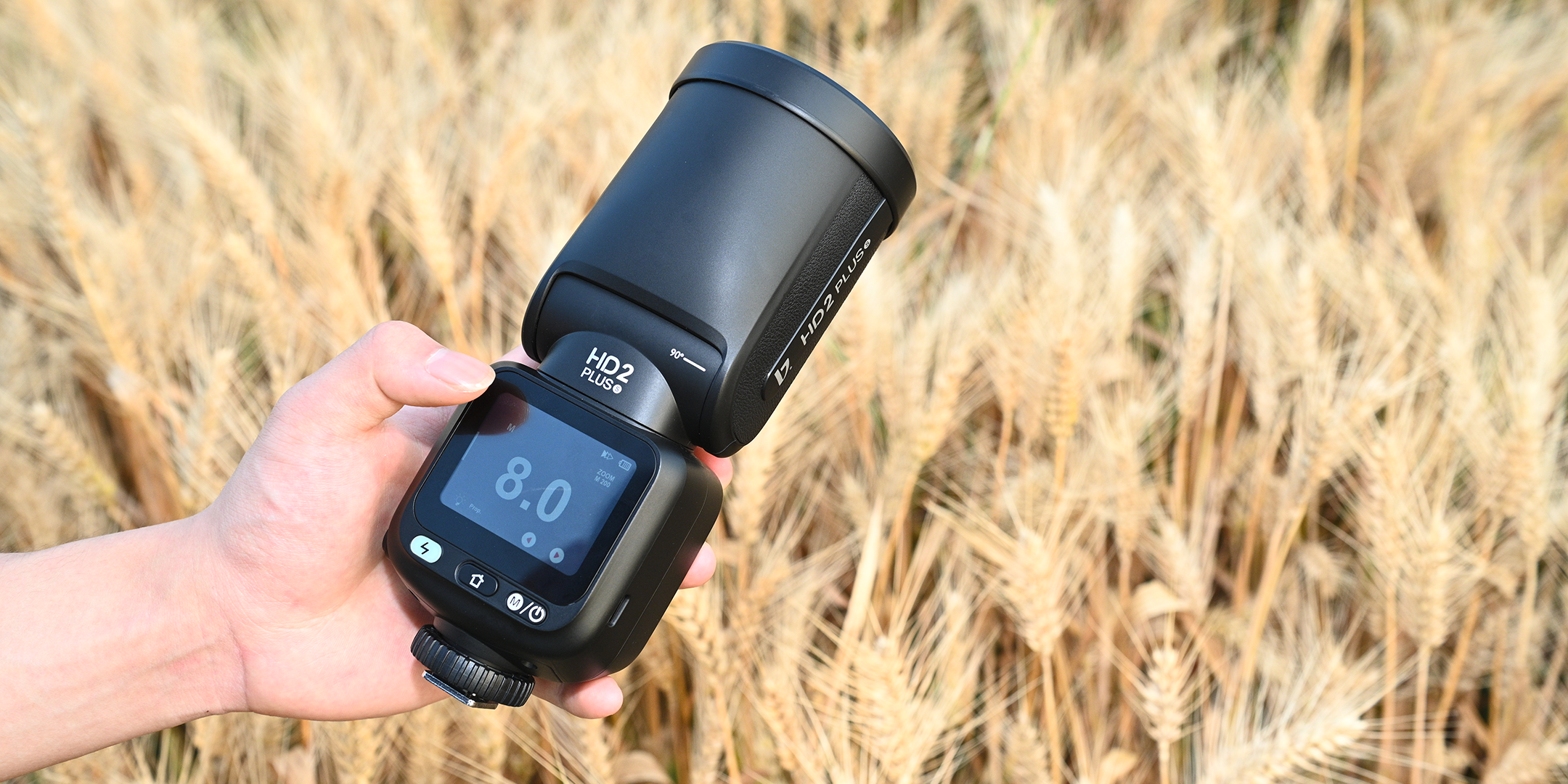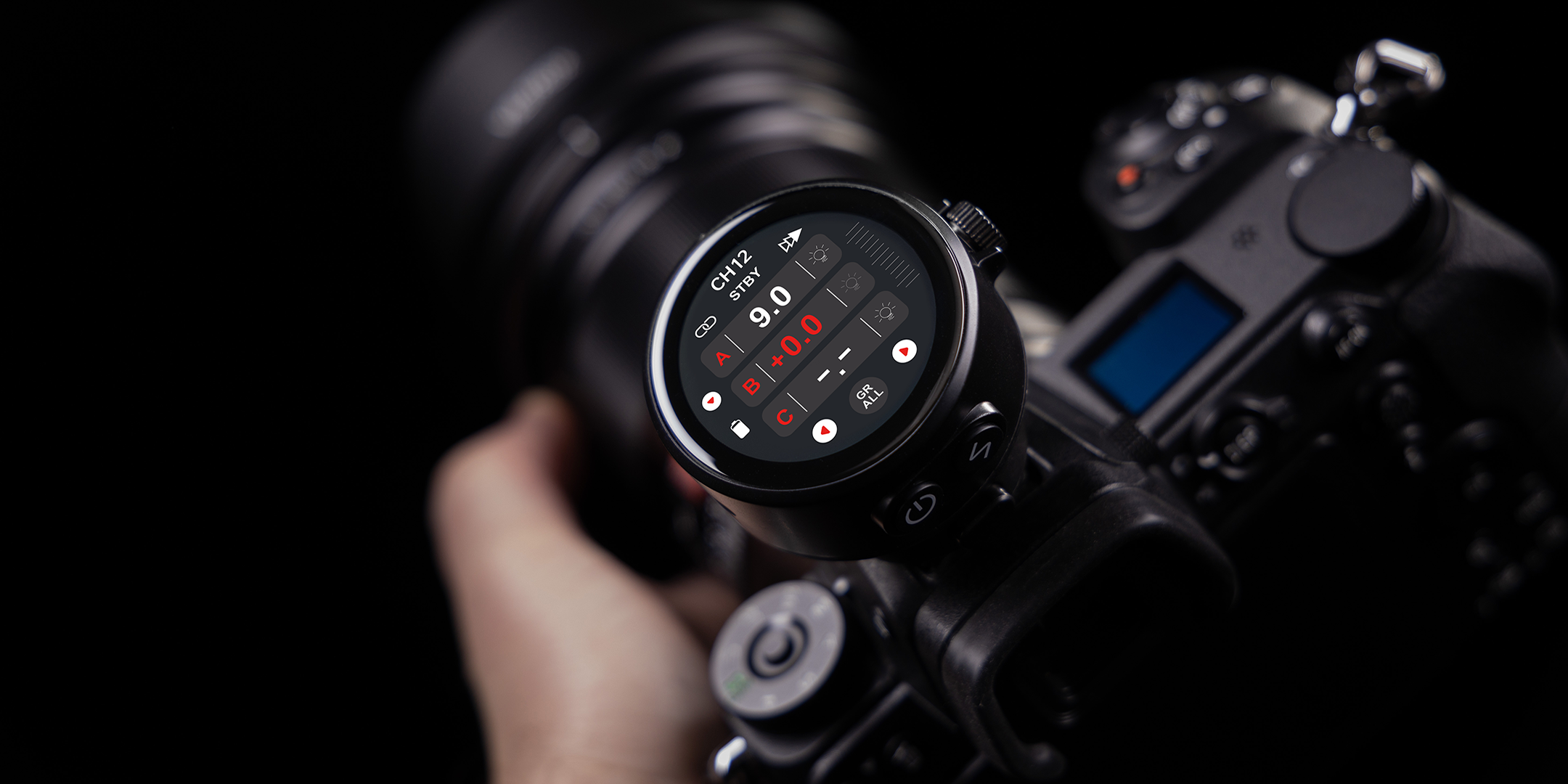JPEG, TIFF, bit depth, raw data format even for experienced photographers who have been dealing with digital photography for years, the large number of used data formats often for confusion.
If you want to find out on the Internet which file format is best for the own photography is, he finds so much information and opinions that even after a long search you hardly get a step further. Therefore, one thing should be anticipated here: In fact, all of them are currently suitable file formats used for photography, because the file format does not determine how good or bad an image is. The use of a specific file format is always dependent on the own use of the images and depending on the respective requirements.
For all those who have been asking themselves why in the native raw data format the camera is to be photographed, where is it JPEG's require significantly less disk space, or want to know what it comes with TIFFs or exotics like JPEG2000 is all about, the following paragraphs should shed some light on them.
RAW the raw data format and its advantagese
Most cameras, even those built into smartphones, now have the ability to save images in raw data format. Conversations between photographers or discussions in Internet forums often give the impression that it is about RAW deal with something universal. However, this is not the case, every manufacturer uses its own data container to save this format.
In the raw data format, the individual color channels , the exposure , the white balance and more Items saved separately . On the one hand, this ensures the large size of these files, but on the other hand, it also ensures that these elements are in one corresponding program can be changed individually and without loss.
The raw data format can only be used after digital development and conversion into another data format, which is why it is mainly used by photographers who have the appropriate technology forr post processing and by those who want to store their images in their own archives as future-proof as possible.

JPEG the veteran classicr
JPEG is the gold standard when it comes to sending or saving edited images. The only reason for this, however, is that the manufacturers have not yet been able to agree on any other common format that could replace the partly outdated JPEG. When JPEG will be all information , which are available in their own channels in raw data format, are combined, compressed and converted into the image burned . Changes can therefore never be made without loss, and the JPEG only offers one low color depth of 8 bits.
TIFF perfect for high quality printse
The Tagged Image File Format , TIFF for short, natively supports this CMYK color model and can record with up to 32-bit depth save on computer. This makes it predestined for prints in high quality and is therefore often used by publishers. Photographers are increasingly saving their edited images, previously captured in raw format, as TIFF. The TIFF is much larger than the JPEG, but that's how it is diverse that so far no fixed standard has been able to establish itself. This is why, in rare cases, there are problems reading the files.
New and promising variants
JPEG2000 and JPEG XR were presented as improved versions of the classic JPEG, but never caught on. The digital negative format, in short DNG format , is Adobe's attempt to finally unify the TIFF format. In fact, some manufacturers are now using DNG as a native format. Another interesting format is Portable Network Graphics, for short PNG , which shows its strengths particularly with images, graphics and logos on the Internet. However, if you want to print your own images, PNG is less suitable because it does not support the CMYK color model.





Teilen:
Street photography - how it works!
Spectacular images with ND filters